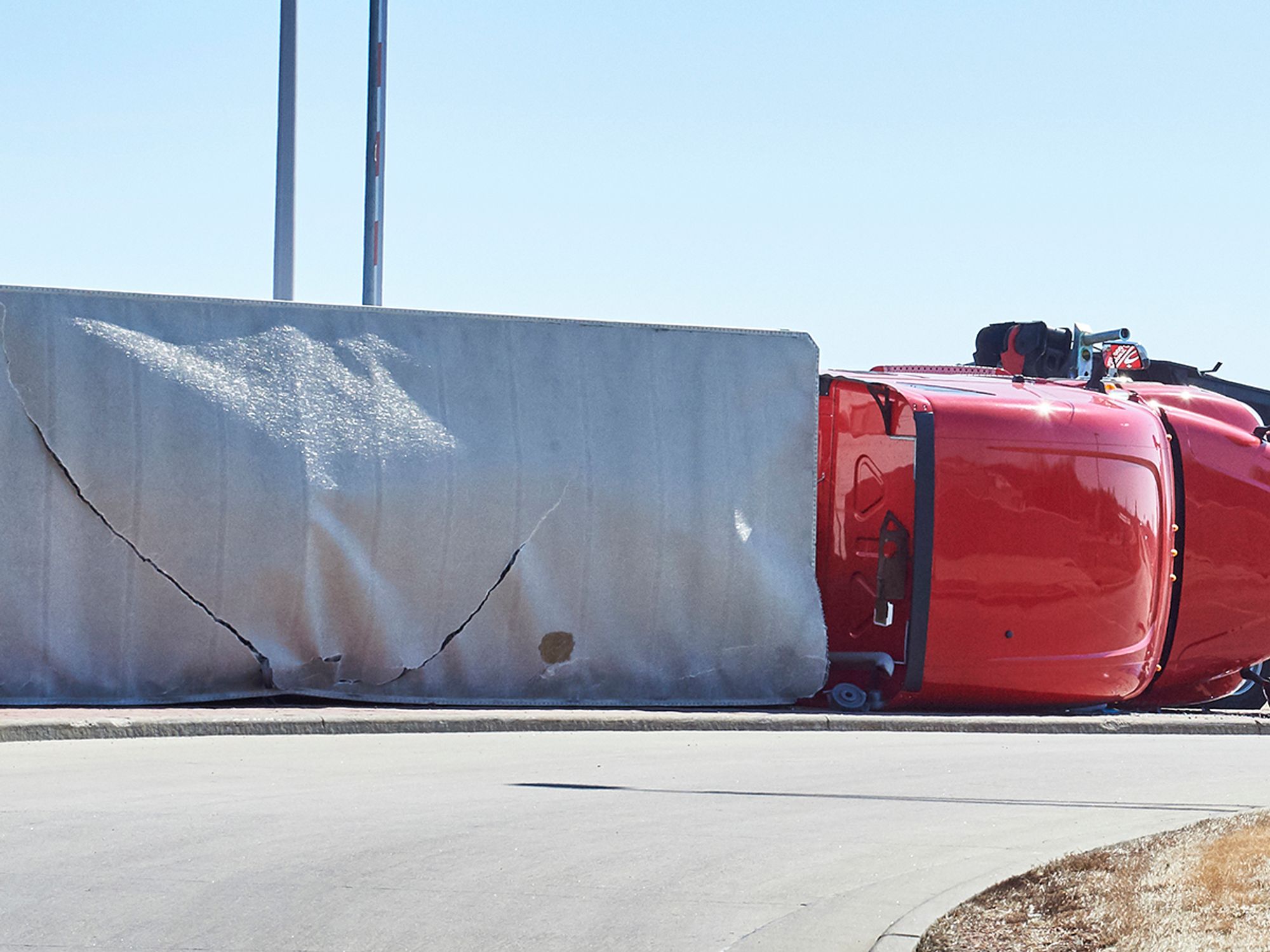InstituteFleet SafetyAccident recording - Motor CarrierAccident responseTransportationUSAEnglishAnalysisFocus AreaIn Depth (Level 3)
What is an ‘accident’?
['Accident response']

- CMV crashes are considered “accidents” if they result in fatalities, injuries, and/or disabling damage to any involved vehicle.
For the purpose of keeping an accident register, an “accident” is defined in 390.5 as an occurrence involving a commercial motor vehicle (CMV) on a highway in interstate or intrastate commerce which results in:
- A fatality; or
- Injury to a person requiring immediate treatment away from the scene of the accident; or
- Disabling damage to any vehicle requiring it to be towed from the scene.
The term “accident” does not include an occurrence which involves only:
- Boarding or exiting from a stationary vehicle; or
- The loading or unloading of a vehicle’s cargo; or
- The operation of a non-CMV passenger car by a motor carrier, as long as passengers are not being transported for-hire.
As used above:
- A fatality is any injury that results in the death of a person at the time of the accident or within 30 days of the accident.
- Disabling damage is vehicle damage that prevents a vehicle from leaving the scene of the accident in its usual manner, in daylight, after simple repairs. This includes vehicles that could have been driven but would have been further damaged if driven. Disabling damage does NOT include:
- Damage that can be fixed temporarily at the scene without special tools or parts;
- Tire disablement without other damage (even if no spare is available);
- Headlamp or taillight damage; or
- Damage to turn signals, horn, or windshield wipers that makes them inoperative.
- Immediate treatment is medical treatment that happens without an unreasonable delay. A person “immediately” receives medical treatment if they are transported directly from the scene to a hospital or other medical facility as soon as it is considered safe and feasible to do so.
